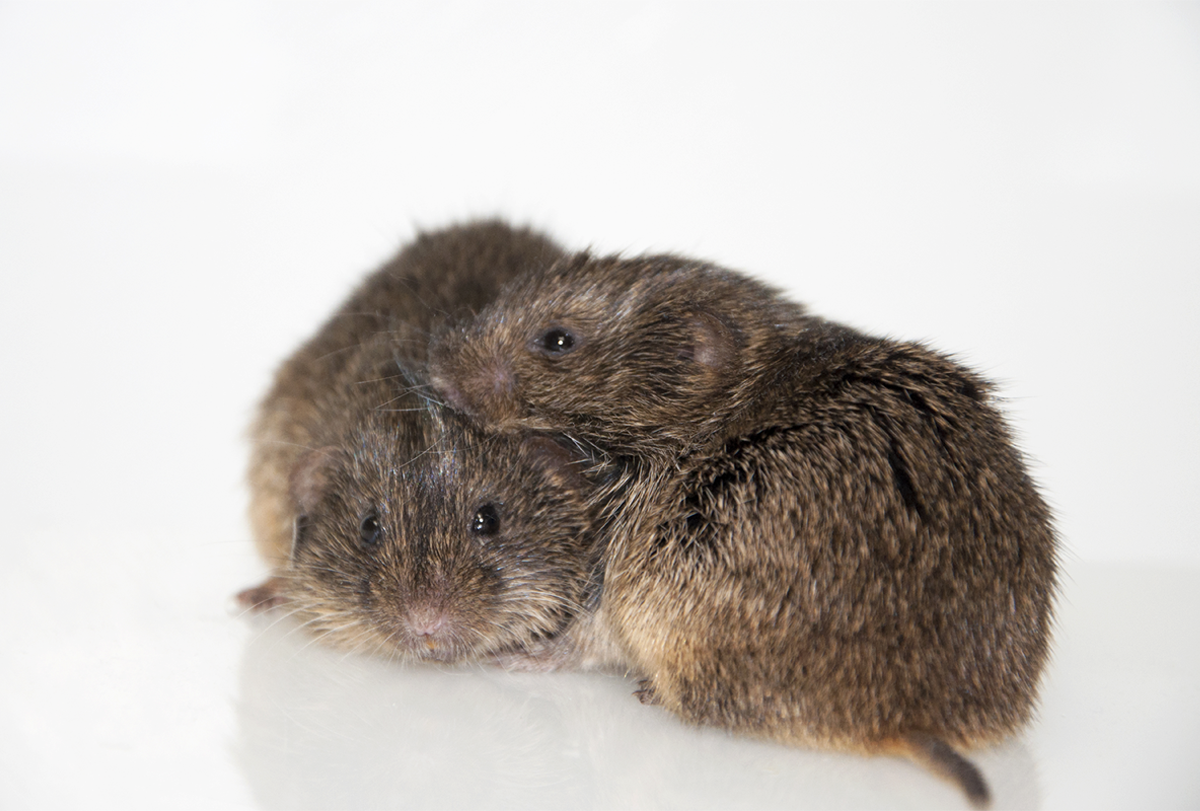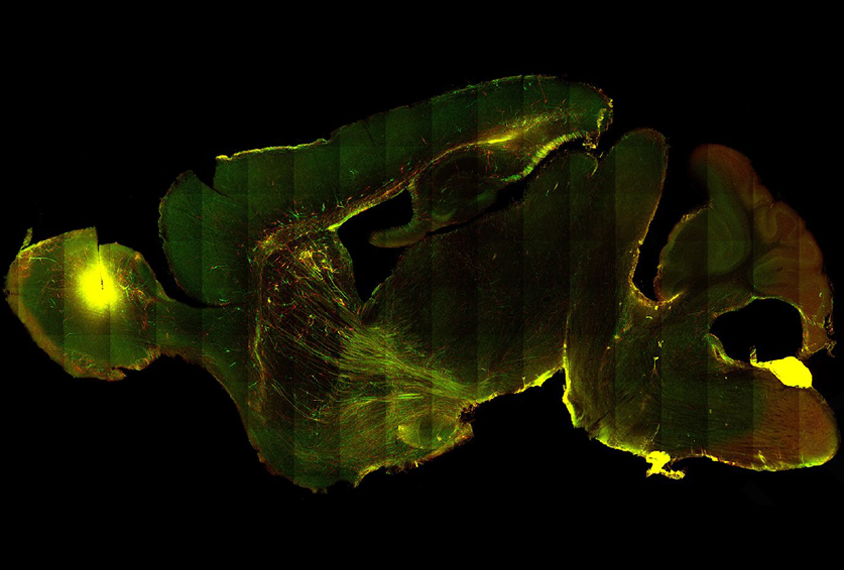Emma Yasinski is a freelance writer covering biology, neuroscience and medicine. Her stories have appeared in The Scientist, Discover Magazine, Smithsonian Magazine, Kaiser Health News and other publications. Yasinski has an M.Sc. in science and medical journalism from Boston University and a B.S. in neuroscience from Lafayette College in Easton, Pennsylvania.

Emma Yasinski
Contributing writer
From this contributor
Parental care may sculpt brain development in prairie voles
Voles reared primarily by their fathers show altered synapse density.

Parental care may sculpt brain development in prairie voles
Social-pragmatic difficulties common with autism, other diagnoses
A standard questionnaire can help identify social (pragmatic) communication disorder more readily in school-age children.

Social-pragmatic difficulties common with autism, other diagnoses
Fragile X neurons develop atypically in chimeric mice
After a brain transplant of reprogrammed human cells, the animals can for the first time recapitulate some neuronal changes seen in people with fragile X syndrome.

Fragile X neurons develop atypically in chimeric mice
Inflexible thinking in adolescence linked to emotional, behavioral issues in adulthood
Treating cognitive inflexibility — for example, by practicing problem-solving — might help ease anxiety and depression in autistic people.

Inflexible thinking in adolescence linked to emotional, behavioral issues in adulthood
Mutations linked to autism may be detectable in men’s sperm
An advanced DNA-sequencing technique has identified gene-damaging mutations, some with ties to autism, in about 1 in 15 men.

Mutations linked to autism may be detectable in men’s sperm
Explore more from The Transmitter
The Transmitter’s most-read neuroscience book excerpts of 2025
Books by Nachum Ulanovsky, Nicole Rust, and Andrew Iwaniuk and Georg Striedter made the list of some of the year's most engaging neuroscience titles.

The Transmitter’s most-read neuroscience book excerpts of 2025
Books by Nachum Ulanovsky, Nicole Rust, and Andrew Iwaniuk and Georg Striedter made the list of some of the year's most engaging neuroscience titles.
Neuroscience’s leaders, legacies and rising stars of 2025
Here are seven stories from the past year about some of the field’s most engaging figures.

Neuroscience’s leaders, legacies and rising stars of 2025
Here are seven stories from the past year about some of the field’s most engaging figures.
The Transmitter’s top news articles of 2025
Check out some of our most-read stories, covering neuroscience funding and policy changes in the United States, and methodological issues in high-profile neuroscience papers.

The Transmitter’s top news articles of 2025
Check out some of our most-read stories, covering neuroscience funding and policy changes in the United States, and methodological issues in high-profile neuroscience papers.